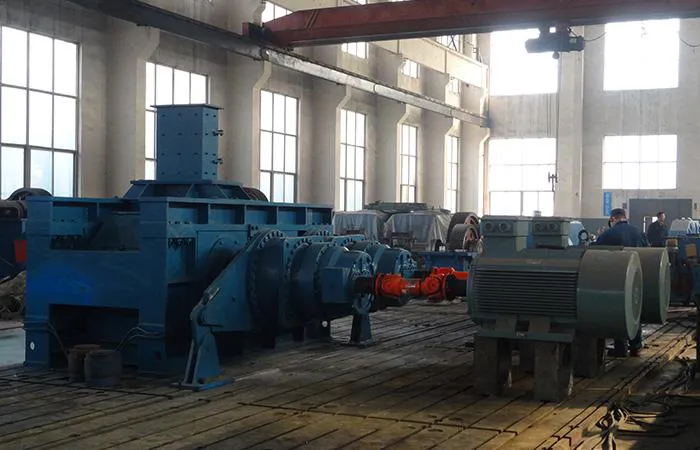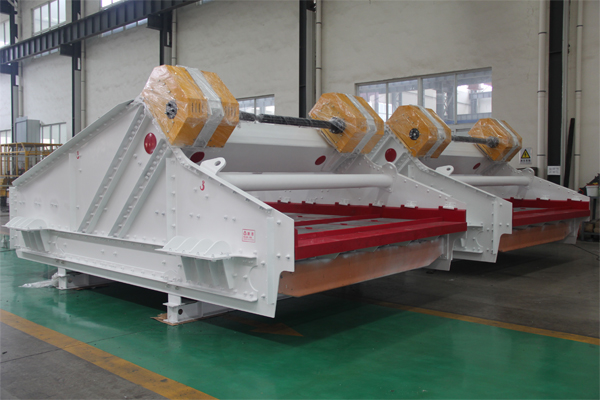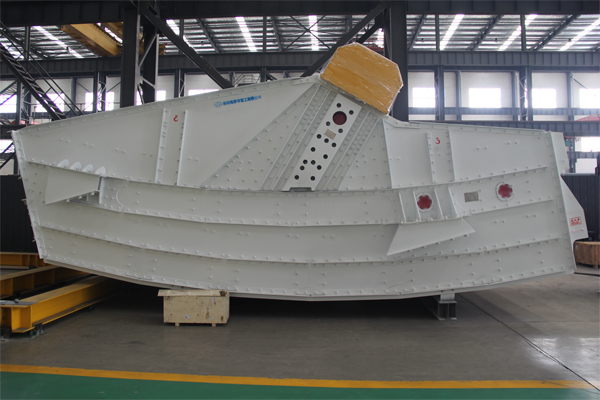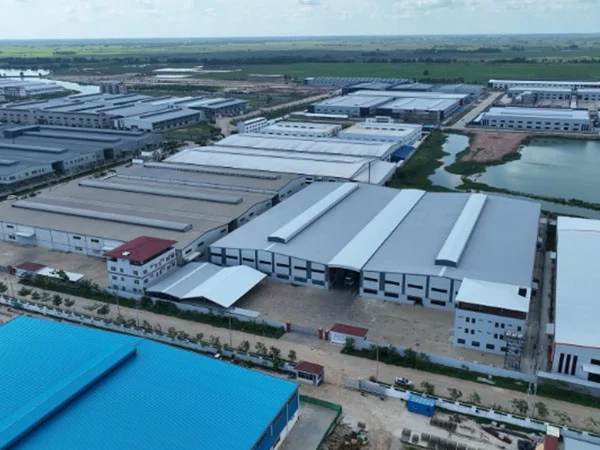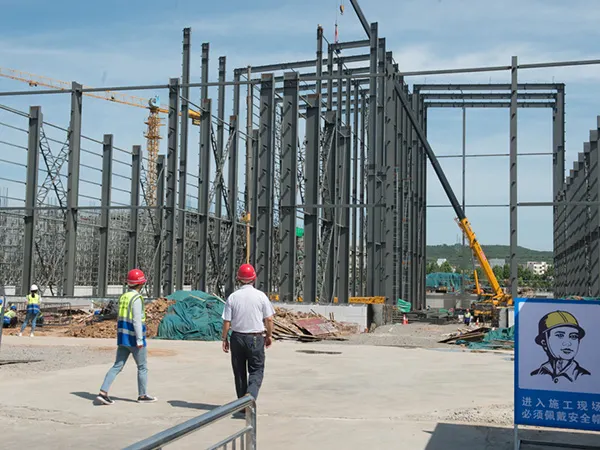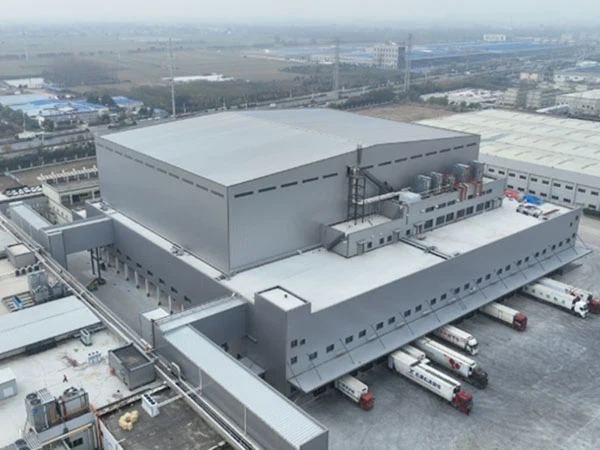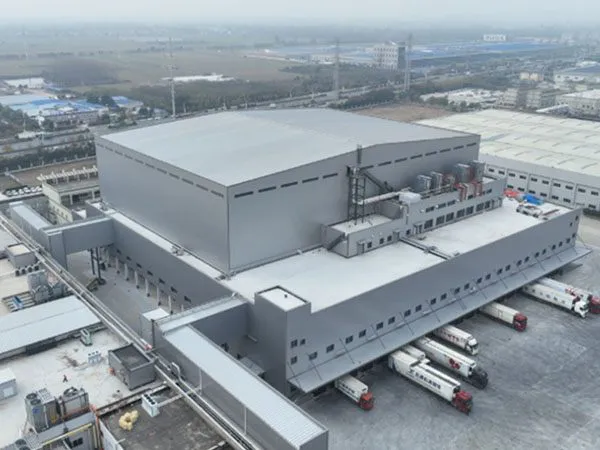En la industria del fosfato, achieving high grinding efficiency while controlling operational costs is crucial for maximizing profitability. Rodillos de molienda de alta presión (HPGR) han surgido como una tecnología revolucionaria, Ofrece importantes ventajas sobre los métodos de molienda tradicionales, como los molinos de bolas..
Por qué HPGR mejora la eficiencia de la molienda
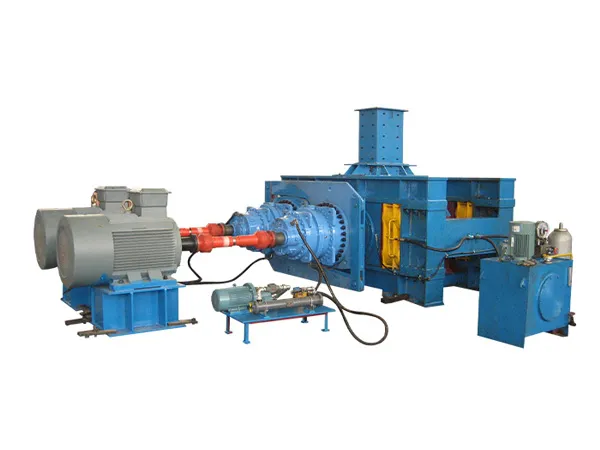
Los sistemas HPGR utilizan intensas fuerzas de compresión para triturar rocas de fosfato entre dos rodillos contrarrotativos. Este proceso genera un efecto de microfractura único, que produce partículas más finas y mejora la liberación de minerales de fosfato. En comparación con los métodos de molienda convencionales, HPGR puede reducir el consumo de energía mientras mantiene, o incluso aumenta, el rendimiento.
Optimizando el tamaño de alimentación y ajustando la presión de operación, Los productores de fosfato pueden lograr una distribución del tamaño de partículas más uniforme.. Esta mejora no solo beneficia a los procesos posteriores como la flotación y el tratamiento químico, sino que también reduce el desgaste de los equipos., Reducir los costos de mantenimiento con el tiempo..
Ventajas de costos de la tecnología HPGR
El cambio a HPGR se debe en gran medida a su fuerte rentabilidad. Los beneficios financieros clave incluyen:
Menor consumo de energía: HPGR normalmente consume entre un 20% y un 30% menos de energía que los molinos de bolas tradicionales., reduciendo directamente los gastos de electricidad.
Costos de mantenimiento reducidos: Con menos piezas móviles y menos desgaste abrasivo, Los sistemas HPGR requieren un mantenimiento menos frecuente.
Mayor rendimiento: La eficiencia de molienda mejorada permite que las plantas procesen más material en menos tiempo, aumentar la producción general sin una inversión de capital sustancial.
…
Para obtener información más detallada sobre cómo los molinos de rodillos de alta presión pueden mejorar la eficiencia y reducir los costos en la producción de fosfato, por favor haga clic para visitar:https://www.zymining.com/en/a/news/high-pressure-grinding-rolls-for-phosphate-production.html


